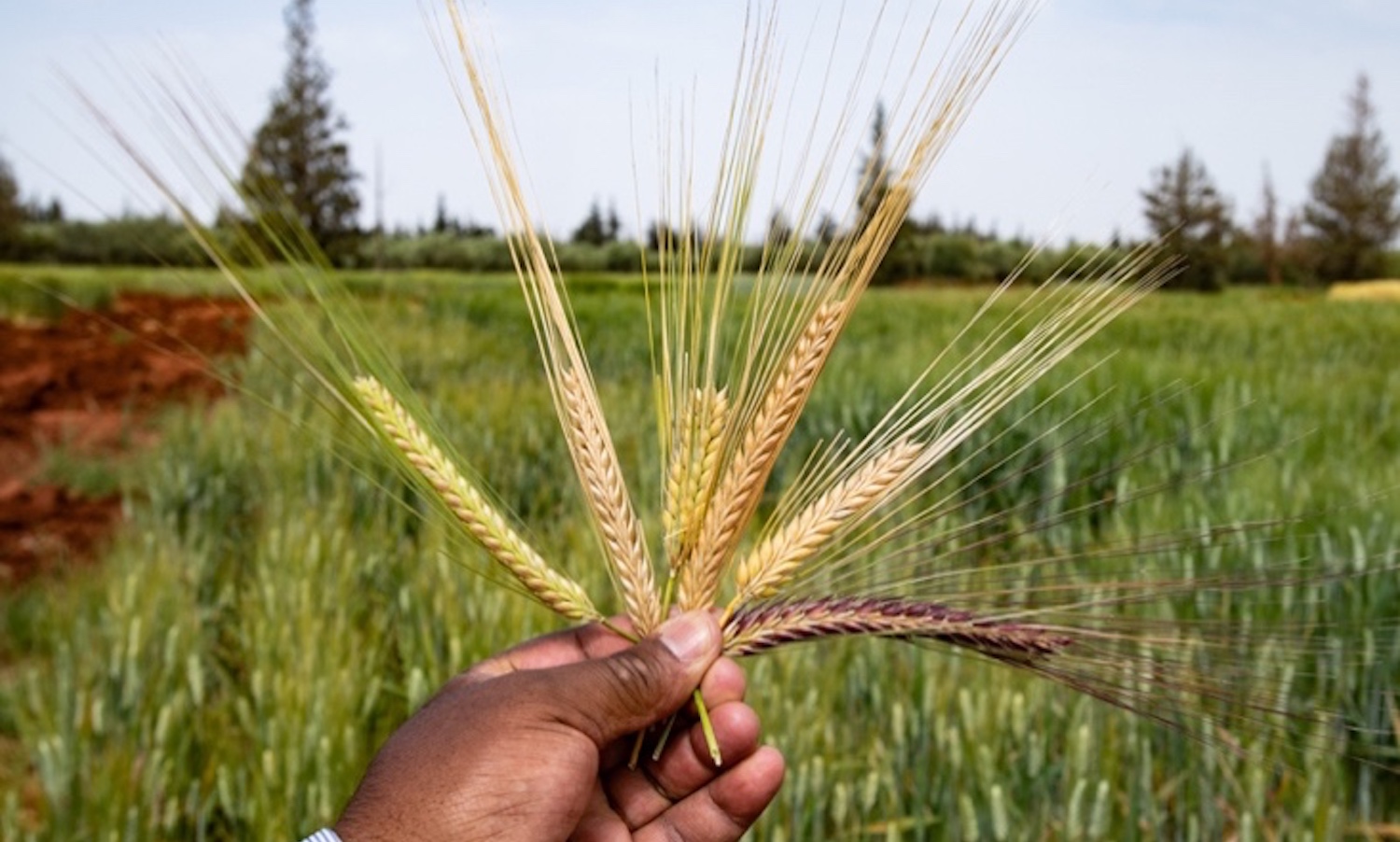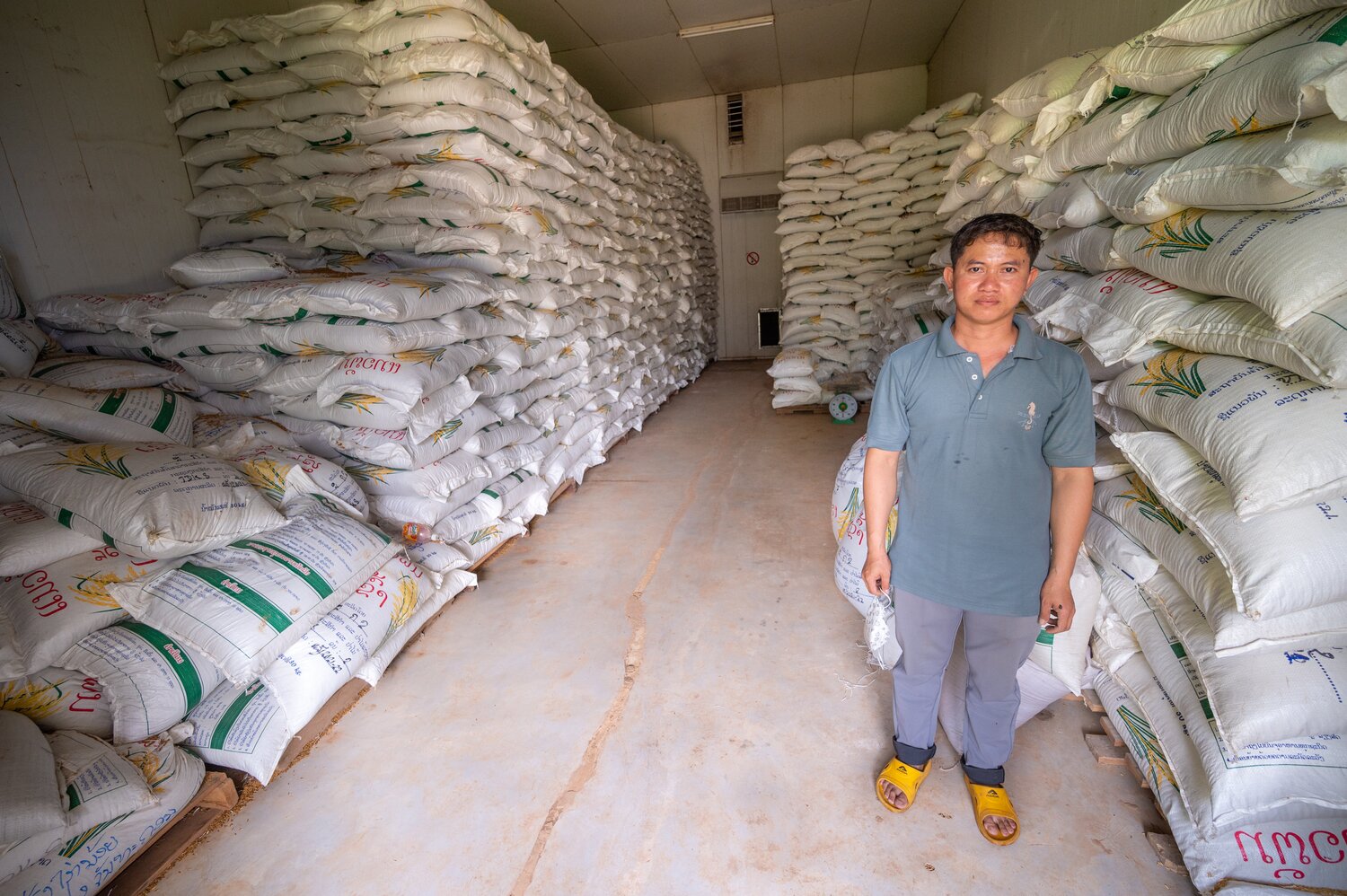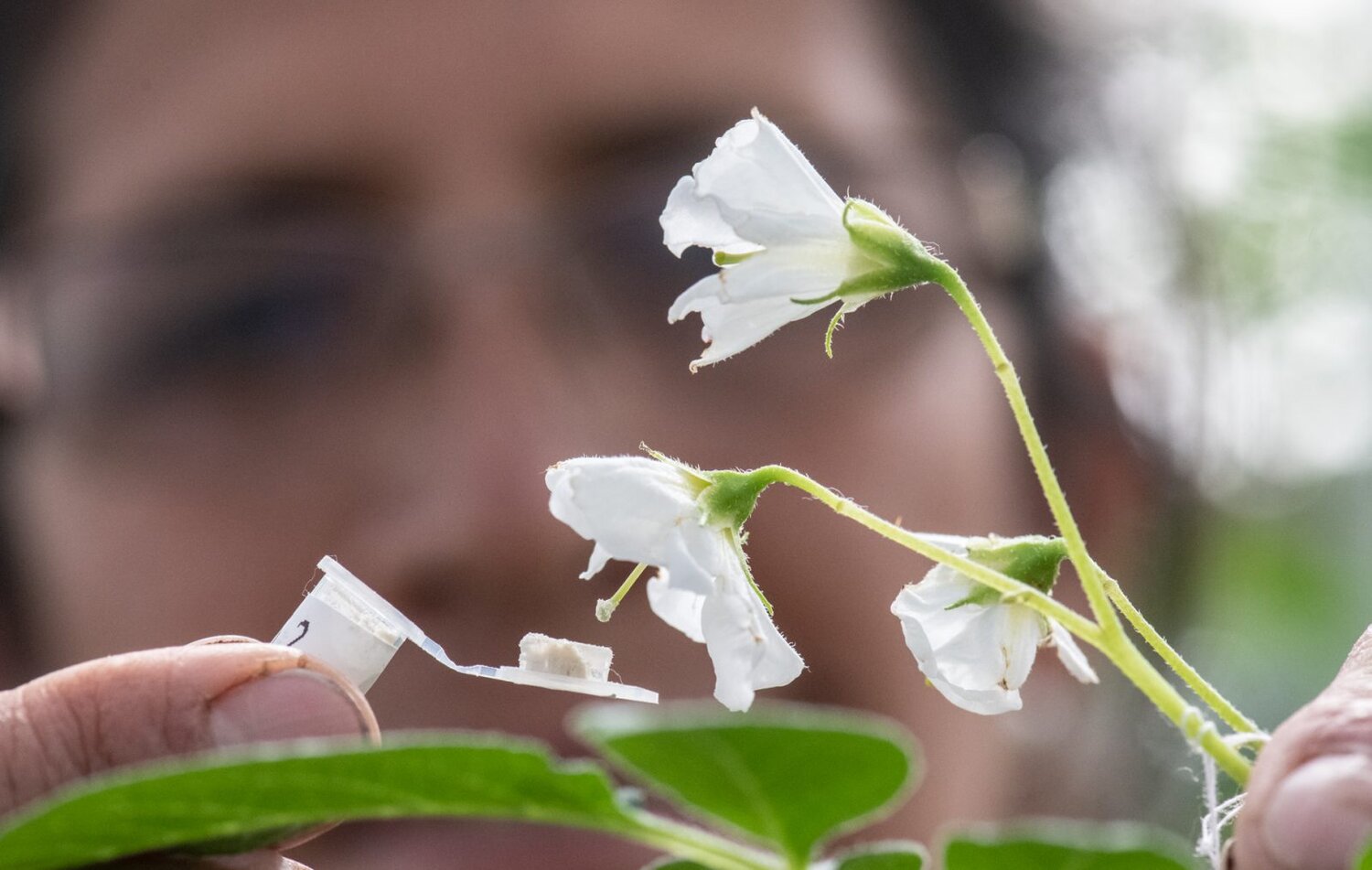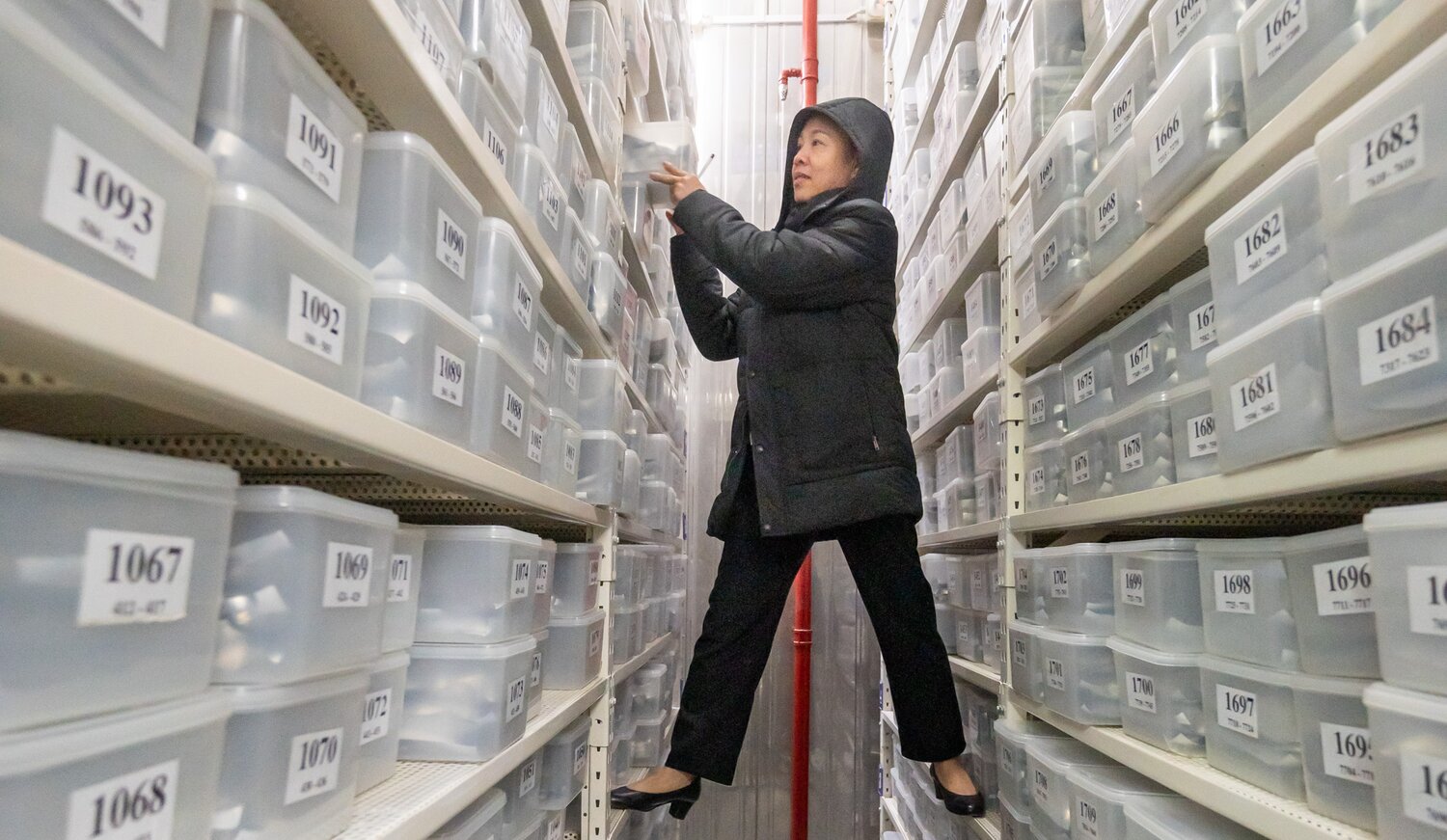BOLD Frequently Asked Questions
What is crop diversity and why does it need to be conserved and used?
Crop diversity — both the diversity within crops and diversity of crops — is the foundation of our food and nutrition security. It is the genetic diversity within crops — the multitude of different varieties developed by farmers over millennia and by scientific plant breeders in more recent times — that allows us to adapt our crops to meet new challenges, such as those brought by the climate crisis.
Our healthy diets require a dietary diversity that is achieved only by growing diverse crops. For the farmer, growing a diversity of crops offers some insurance against catastrophic losses to disease or pest outbreaks or extreme weather such as drought, heat or cold — not all of the crops are likely to succumb to the same pests, diseases or other stressors.
But many factors threaten to reduce our crop diversity. Climate change is perhaps the biggest threat as our crops can acclimate quickly enough to survive the changes. A growing human population is forcing us to change the way we use the land. And farmers often need to adopt intensive cropping practices and “improved” varieties.
And once a farmer’s variety is lost, it is gone forever, together with all of its genetic potential.


What is a seed system?
Seed systems are all the actors — people and organizations — policies, laws and regulations, and activities that play a part in conserving crop diversity on-farm and in genebanks, using it in variety development, selecting the best seeds and producing the seeds in large quantities and putting it in the hands of the farmer.
In seed systems, farmers save, exchange and barter seed among themselves without engaging in formal markets. Such farmer seed systems are responsible for up to 80% of the seed used in developing countries. In contrast, formal, market-oriented seed systems account for almost all seed trade in developed countries.
BOLD is addressing both kinds of seed system and seeking ways to enhance their performance.
What is pre-breeding?
Pre-breeding is the process used to identify and transfer characteristics of interest — disease resistance or drought tolerance, for example — from wild relatives of our domesticated crops or from landraces to plants that breeders can then use to breed new varieties.
Crop wild relatives are of no immediate use to farmers because they lack characteristics that farmers and consumers want, such as high yields, large seeds or fruits, and good flavor. Breeders are reluctant to use crop wild relatives in breeding programs. It takes so much time – generally years – from initial crosses. And it's risky and technically challenging. The offspring may produce little or no seed and may not lead to a marketable new variety.
Pre-breeding bridges this gap. It makes the initial crosses between the wild plant and an established variety or landrace. The offspring will have some of the characteristics of both plants and have to be crossed again and again with the modern variety until the breeder has a plant with the desired characteristics from the wild relative but with the agronomic and commercial characteristics of elite variety. These offspring can then be used as parents in further crosses to produce new varieties.


Why do we need genebanks?
Our future food and nutrition security depend on our ability to develop crops that withstand a wide range of challenges such as drought, high temperatures and saline soils. To do this, farmers and plant breeders need access to genetic traits within plants that have evolved to survive such challenges.
But the crop diversity that countless generations of farmers and, more recently, scientists have created is being lost at frightening speed. For example, of the 7,100 named varieties of apples that were grown in the United States in the 19th century, only 300 remain.That’s true for many other crops that we depend on for our food and nutrition.
The best way to conserve genetic diversity is in farmers’ fields, where it can continue to evolve and change to meet new challenges. But that is not an option when climate change and rapidly changing farming practices are causing farmers to abandon old varieties and therefore reduce the diversity in their fields.
This is why genebanks are essential to the continued existence of the genetic diversity. Genebanks are facilities which conserve seeds and plant material, so they are viable for many generations to come. By protecting this vital diversity from harm and loss, genebanks ensure that plant breeders and farmers today and tomorrow have the materials and options they need to deliver food and nutrition security for us all.
